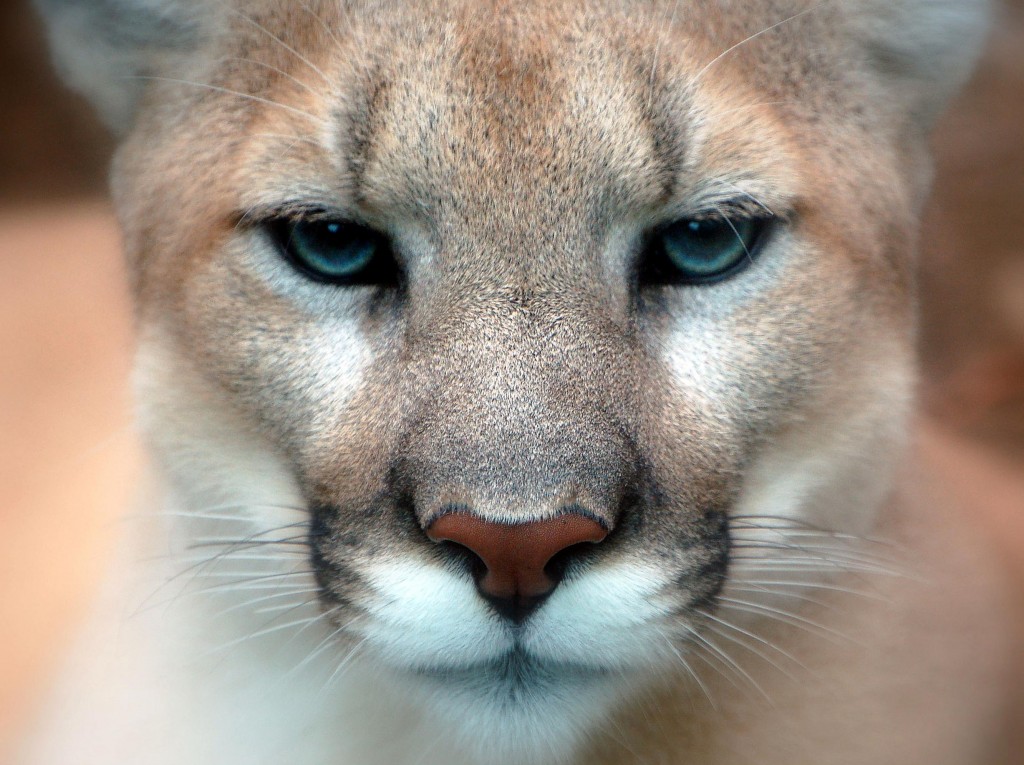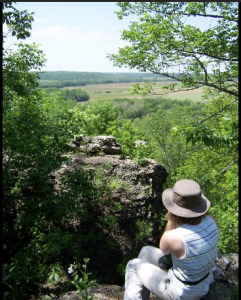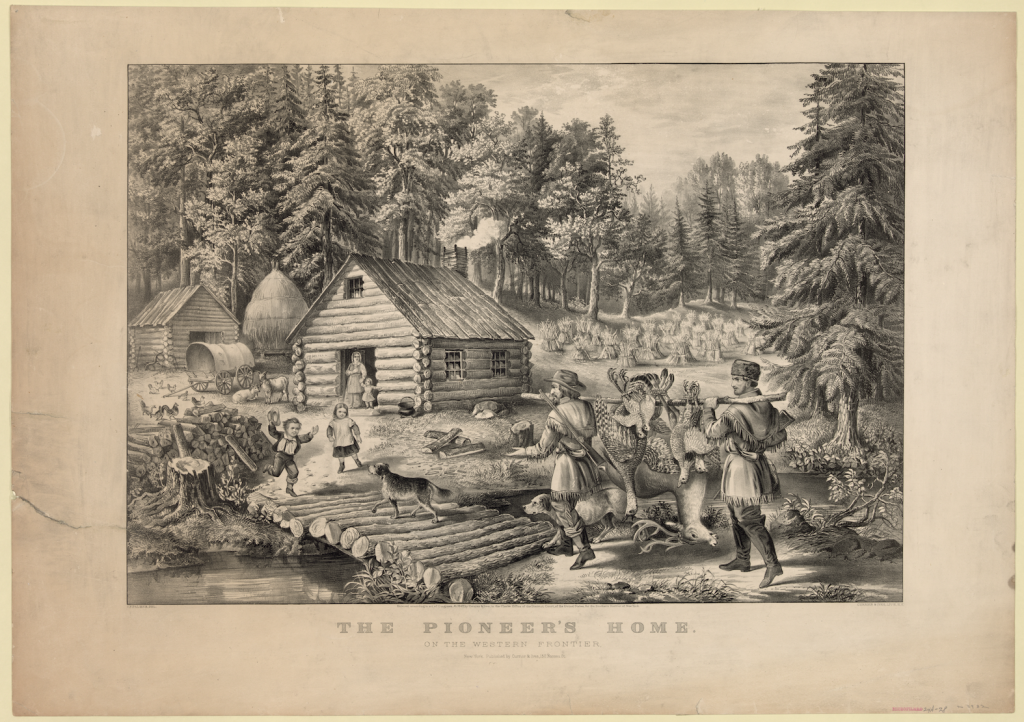
Cougar Photo Credit: Art G. (Flickr)
Cougar Photo Credit: Art G. (Flickr) https://www.flickr.com/photos/digitalart/
The following text is from Wikipedia:
The cougar (Puma concolor), also commonly known as the mountain lion, puma, or catamount, is a large felid of the subfamily felinae native to the Americas. Its range, from the Canadian Yukon to the southern Andes of South America, is the greatest of any large wild terrestrial mammal in the Western Hemisphere. An adaptable, generalist species, the cougar is found in most American habitat types. It is the second heaviest cat in the New World, after the jaguar. Secretive and largely solitary by nature, the cougar is properly considered both nocturnal and crepuscular, although sightings during daylight hours do occur. The cougar is more closely related to smaller felines, including the domestic cat (subfamily Felinae), than to any subspecies of lion (subfamily Pantherinae).
An excellent stalk-and-ambush predator, the cougar pursues a wide variety of prey. Primary food sources include ungulates such as deer, elk, moose, and bighorn sheep, as well as domestic cattle, horses and sheep, particularly in the northern part of its range. It will also hunt species as small as insects and rodents. This cat prefers habitats with dense underbrush and rocky areas for stalking, but can also live in open areas. The cougar is territorial and survives at low population densities. Individual territory sizes depend on terrain, vegetation, and abundance of prey. While large, it is not always the apex predator in its range, yielding to the jaguar, gray wolf, American black bear, and grizzly bear. It is reclusive and mostly avoids people. Fatal attacks on humans are rare, but have been trending upward in recent years as more people enter their territory.
Prolific hunting following European colonization of the Americas and the ongoing human development of cougar habitat has caused populations to drop in most parts of its historical range. In particular, the cougar was extirpated in eastern North America in the beginning of the 20th century, except for an isolated Florida panther subpopulation. However, in recent decades, breeding populations have moved east into the far western parts of the Dakotas, Nebraska, and Oklahoma. Transient males have been verified in Minnesotta, Missouri, Wisconsin, Iowa, Michigan & Illinois.




